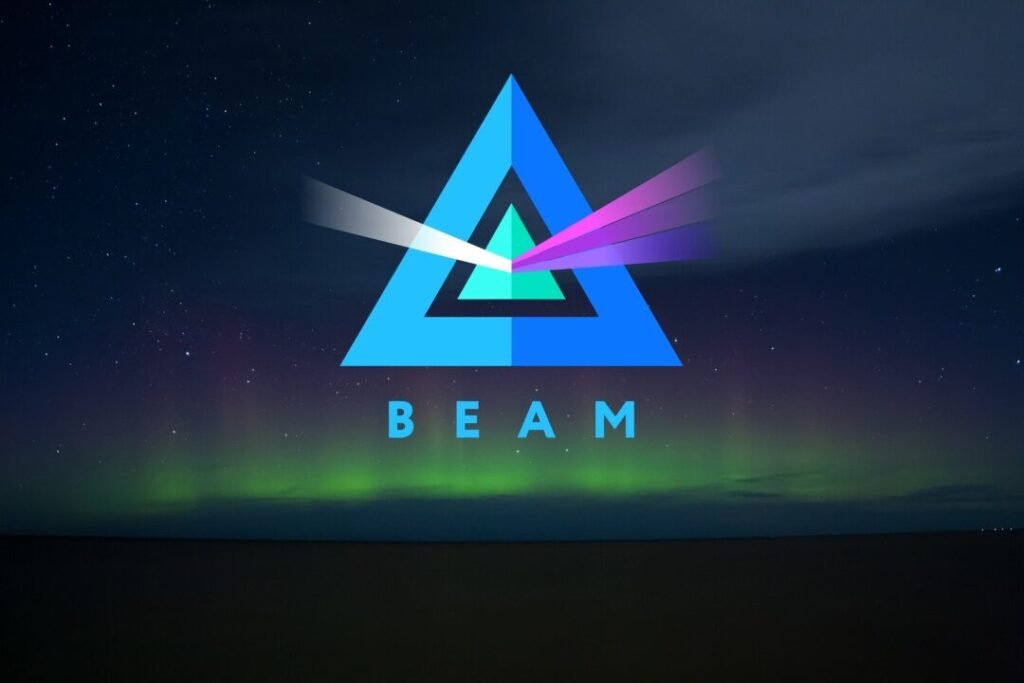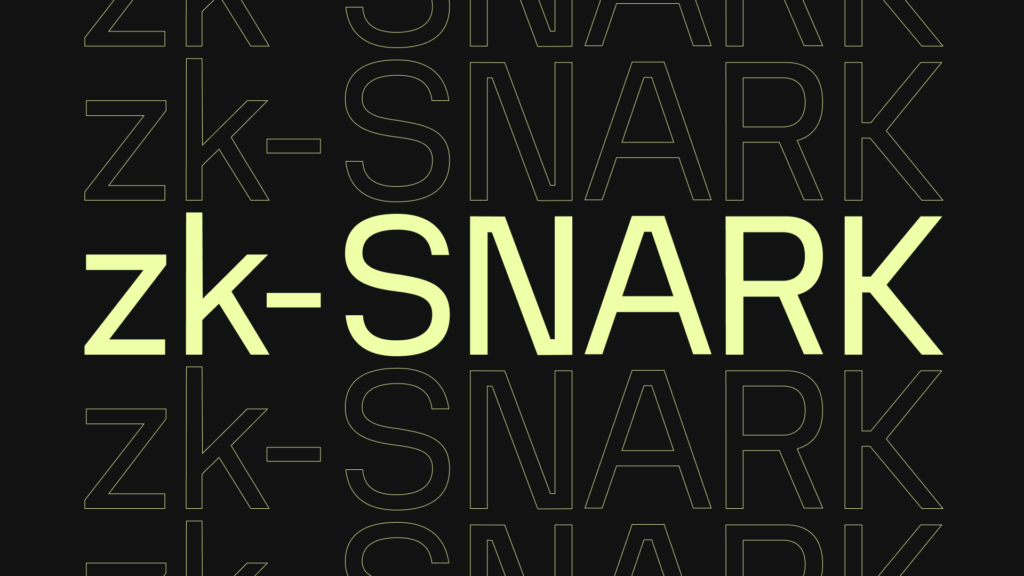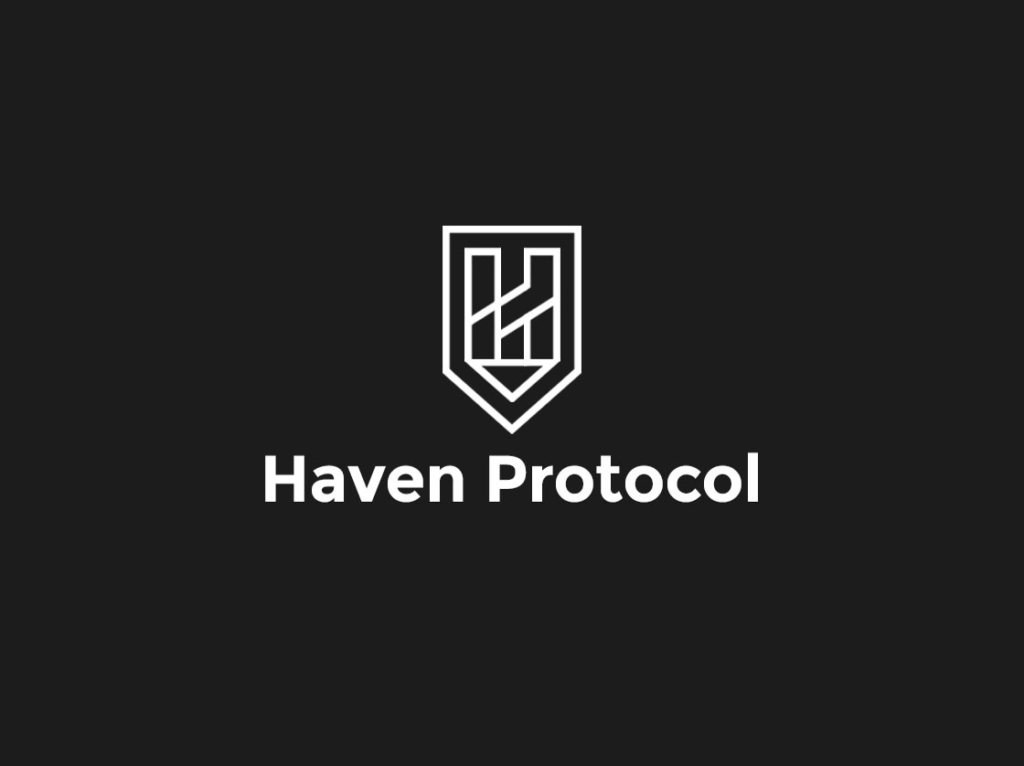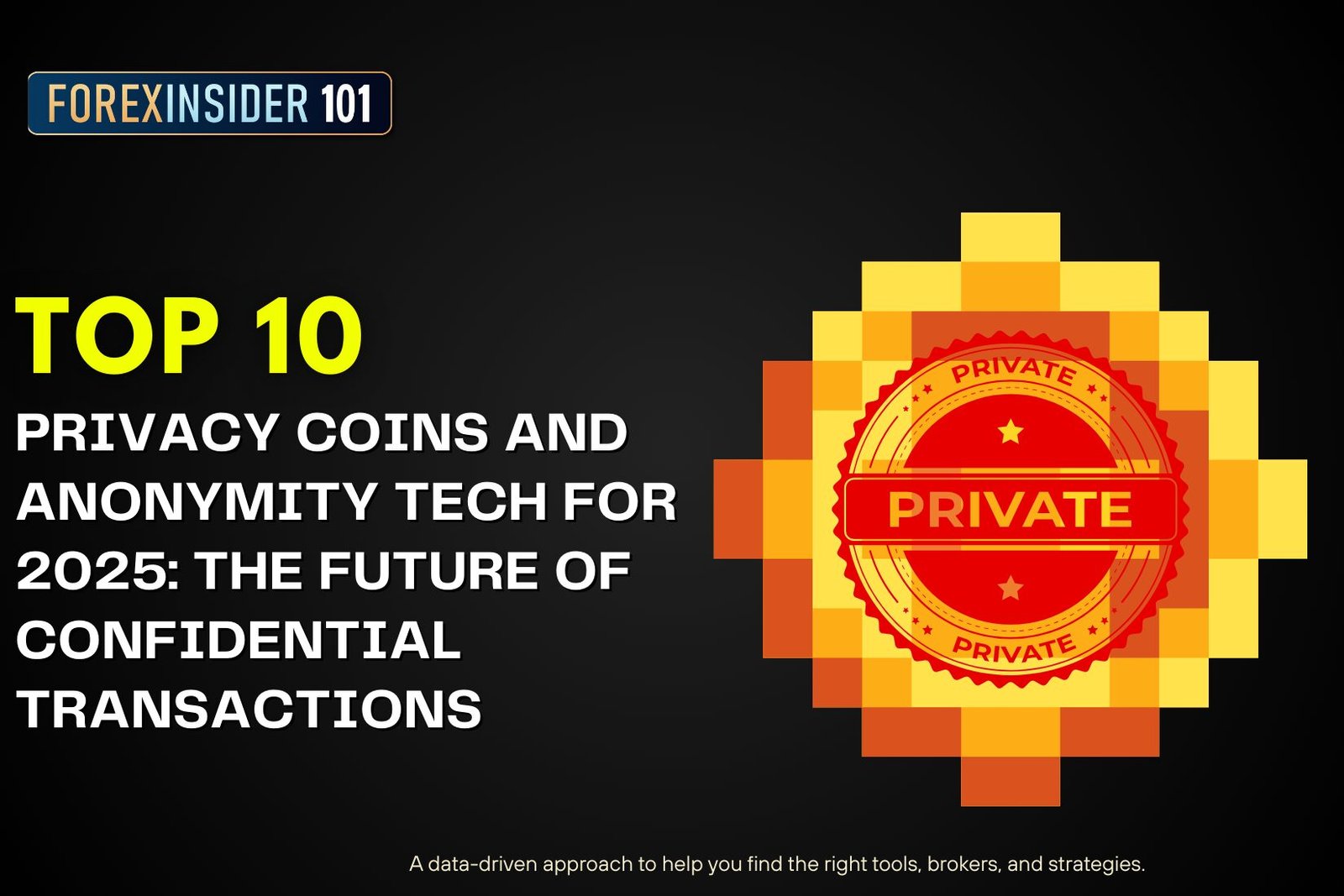In 2025, the TOP 10 Privacy Coins are more than just tools for niche crypto users — they are part of a larger push for secure, censorship-resistant, and confidential financial systems. While traditional cryptocurrencies like Bitcoin and Ethereum offer transparency through public ledgers, they leave transaction details open for anyone to see. Privacy coins, on the other hand, use sophisticated encryption methods to conceal transaction amounts, sender and receiver identities, and sometimes even the fact that a transaction took place at all.
The demand for this kind of anonymity has been steadily increasing. Global financial surveillance is tightening, compliance frameworks are becoming more complex, and data privacy concerns are at an all-time high. For individuals in politically unstable regions, journalists protecting sources, or companies safeguarding sensitive trade information, privacy coins are not just a preference — they’re a necessity. This technological space is also evolving quickly, with developers focusing on balancing strong privacy, regulatory awareness, scalability, and user accessibility.
Understanding Privacy Tech in Crypto
Privacy coins are built on different anonymity frameworks, each with its strengths and limitations. Some coins offer complete, default privacy for every transaction, while others provide optional anonymity to allow for auditability and compliance when necessary. The key technologies include:
- Ring Signatures & Ring Confidential Transactions (RingCT) — mix a transaction with many others, hiding the sender.
- Zero-Knowledge Proofs (zk-SNARKs, zk-STARKs) — mathematically prove a transaction occurred without revealing its details.
- Stealth Addresses — generate unique, one-time addresses for every payment to break tracking links.
- Coin Mixing & Tumbling Protocols — merge funds with others to obfuscate the transaction trail.
Each method involves trade-offs between privacy strength, transaction speed, cost, and regulatory acceptance. The coins on this list represent a wide spectrum of these approaches, catering to different user needs.
1. Monero (XMR)
Monero remains the undisputed leader in blockchain privacy. Using RingCT, stealth addresses, and bulletproofs, Monero hides every detail of every transaction by default. This design makes its coins truly fungible — no single XMR can be “tainted” by past transactions. Its popularity spans personal users, businesses, and NGOs operating in sensitive environments. In 2025, major upgrades have boosted transaction throughput and improved mobile wallet performance, making Monero more accessible for everyday payments.
2. Zcash (ZEC)

Source : Bit2me Academy
Zcash revolutionized the privacy coin landscape with zk-SNARKs, enabling shielded transactions that keep details hidden while proving their validity. Unlike Monero, Zcash allows users to choose between transparent and shielded modes — a feature that appeals to enterprises needing selective disclosure for compliance. The 2025 Halo 2 upgrade has improved efficiency, reduced transaction costs, and laid the foundation for more decentralized proof generation, further cementing Zcash’s dual role as a privacy and compliance-friendly cryptocurrency.
3. Dash (DASH)

Source: bit2me Academy
Dash began as a speed-focused payments coin but gained a loyal following through its PrivateSend mixing feature. This system batches and shuffles coins to obscure their origin before sending them to the recipient. In 2025, Dash has expanded its global merchant network, making it one of the most widely accepted cryptocurrencies for everyday purchases while still offering optional privacy for users who need it.
4. Beam (BEAM)

Source: Cryptonomist
Built on the Mimblewimble protocol, Beam provides full privacy by default with confidential transactions and Dandelion++ to hide network-level traces. Beam’s design minimizes blockchain bloat, allowing it to scale more efficiently than some other privacy coins. This year, Beam has rolled out features aimed at supporting DeFi and dApps, marking its expansion beyond simple payments into the privacy-focused Web3 space.
5. TOP 10 Privacy Coins – Firo (FIRO)

Source: Firo.org
Formerly known as Zcoin, Firo uses the Lelantus protocol to enable complete on-chain privacy without the need for a trusted setup. Every transaction hides the sender, receiver, and amount, making it virtually untraceable. In 2025, Firo introduced cross-chain bridges, allowing users to maintain privacy while moving assets between blockchains, an increasingly important feature in a multi-chain crypto landscape.
6. TOP 10 Privacy Coins – Secret Network (SCRT)
Secret Network stands out by focusing on private smart contracts rather than just transactions. This means developers can create decentralized applications (dApps) that keep user data encrypted on-chain. In 2025, its deeper integration with the Cosmos ecosystem has expanded interoperability, making it possible for privacy-preserving DeFi apps and NFT platforms to interact seamlessly with other blockchains.
7. TOP 10 Privacy Coins – Pirate Chain (ARRR)

Source: aleo
Pirate Chain is uncompromising when it comes to privacy. Using zk-SNARKs with the Sapling protocol, it shields all transactions by default — there are no transparent addresses. This default stance on privacy makes ARRR one of the most difficult coins to trace. In 2025, the network has seen a surge in exchange listings and merchant partnerships, strengthening its real-world usability.
8. TOP 10 Privacy Coins – Verge (XVG)

Source: Gate Learn
Verge takes a network-layer approach by routing transactions through Tor and I2P to hide users’ IP addresses. This method complements blockchain-level privacy and is particularly appealing for those who value anonymity beyond just transaction details. With the addition of Lightning Network support in 2025, Verge now offers instant, low-cost payments while keeping user identities concealed.
9. TOP 10 Privacy Coins – Haven Protocol (XHV)

Source: IQ.wiki
Haven builds on Monero’s technology but adds a unique twist: private stablecoins and synthetic assets. This allows users to store value in stable assets or commodities without revealing balances or transaction histories. Its 2025 upgrades have strengthened its offshore storage system and expanded its role in private DeFi, making it a go-to for confidential wealth management in crypto.
10. MobileCoin (MOB)
MobileCoin was designed from the ground up for mobile-first privacy payments. Integrated with messaging platforms like Signal, it allows users to send funds with the same ease as sending a text message. In 2025, MobileCoin has expanded its reach to other messaging apps, increasing adoption and making private payments more accessible to everyday users who prefer mobile-first financial tools.
Comparison Table: Privacy Coins in 2025
| Coin | Privacy Mechanism | Default Privacy | Primary Use Case | 2025 Notable Updates |
|---|---|---|---|---|
| Monero (XMR) | RingCT, Stealth Addresses | Yes | Peer-to-peer payments | Scalability and mobile wallet upgrade |
| Zcash (ZEC) | zk-SNARKs | Optional | Compliance-friendly privacy | Halo 2 efficiency upgrade |
| Dash (DASH) | PrivateSend mixing | Optional | Retail payments | Merchant network expansion |
| Beam (BEAM) | Mimblewimble, Dandelion++ | Yes | dApps, DeFi | Scalability enhancements |
| Firo (FIRO) | Lelantus | Yes | On-chain privacy | Cross-chain bridge integration |
| Secret Network (SCRT) | Encrypted smart contracts | Yes | Private DeFi, NFTs | Cosmos ecosystem integration |
| Pirate Chain (ARRR) | zk-SNARKs (Sapling) | Yes | Full privacy payments | More exchange listings |
| Verge (XVG) | Tor, I2P routing | Network-level | Instant retail payments | Lightning Network support |
| Haven Protocol (XHV) | RingCT + offshore storage | Yes | Private stablecoins | DeFi integration |
| MobileCoin (MOB) | Mobile-optimized privacy | Yes | Messaging app payments | Multi-platform rollout |
The Challenges Ahead

Source: FCA
Despite the technological progress, privacy coins face serious headwinds. Regulatory bodies, under frameworks like the FATF Travel Rule, continue to pressure exchanges to delist privacy-focused assets. On the technical side, developers must navigate the difficult balance between high privacy, scalability, and interoperability with emerging DeFi ecosystems. Public perception also plays a role — privacy coins often face unfair associations with illicit activities, which can hinder mainstream adoption.
Future Outlook (2025–2030)
The next five years will likely see privacy features embedded directly into Layer-2 solutions and even mainstream blockchains. Decentralized exchanges (DEXs) could become the primary access points for privacy coins, reducing the risk of central exchange restrictions. Selective disclosure — where users can share transaction data only when necessary — may offer a bridge between regulatory compliance and user privacy.
Conclusion
The TOP 10 Privacy Coins in 2025 demonstrate that financial privacy is not fading — it’s evolving. As the crypto industry matures, these projects continue to innovate, proving that privacy can coexist with usability, compliance, and real-world adoption. In the broader context of digital finance, they serve as both a technological safeguard and a statement of the right to confidential transactions.



